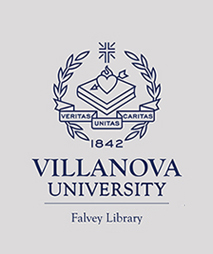Little Learners, Big History, Bigger Future How Big History Widened the Worldviews of 8-9 Year Olds
##plugins.themes.bihistory.article.main##
Abstract
This article is based on a workshop I presented at the 2018 Big History International Conference in Philadelphia, where I addressed findings from my recently completed PhD thesis: An Tair-seach (threshold): An exploration of connecting the emerging scientific story of the universe to authentic Catholic primary school environmental education. My research investigated the extent to which students’ environmental values could be informed through integrating story, values, environmental education, personal cultural origins, and Big History into the primary school curriculum. The methodology focused on employing Big History as a vehicle to achieve a cohe-sive, wider worldview for young learners, empowering them to engage in transformative think-ing for the future. Semi-structured interviews were conducted along with a 17-week Big History pedagogical program with 8-9 year old students and their teacher. Qualitative analysis of these interviews indicated that primary students1 could successfully access a shared, evidence-based and flexible narrative. Five interdependent themes emerged: ‘shared vocabulary and knowledge of Big History’ were foundational in allowing students to engage in meaningful discussions, alongside their knowledge of their ‘local cultural origin stories,’ ‘local school values,’ ‘transdisciplinary learning’ and ‘environmental values within socioecological learning.’ The find-ings have wider implications for the Big History collective, providing evidence that Big History is accessible and relevant to primary students within a transdisciplinary based and critical in-quiry-learning structure.
##plugins.themes.bighistory.article.details##
- Authors retain copyright and grant the journal right of first publication with the work simultaneously licensed under a Creative Commons Attribution License that allows others to share the work with an acknowledgement of the work's authorship and initial publication in this journal.
- Authors are able to enter into separate, additional contractual arrangements for the non-exclusive distribution of the journal's published version of the work (e.g., post it to an institutional repository or publish it in a book), with an acknowledgement of its initial publication in this journal.
- Authors are permitted and encouraged to post their work online (e.g., in institutional repositories or on their website) prior to and during the submission process, as it can lead to productive exchanges, as well as earlier and greater citation of published work (See The Effect of Open Access).



